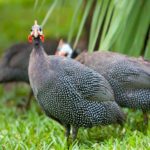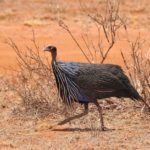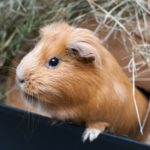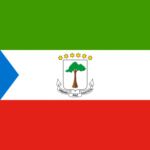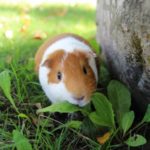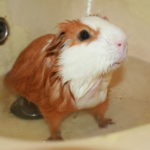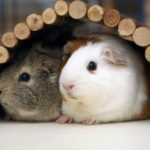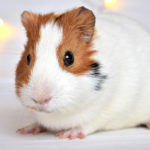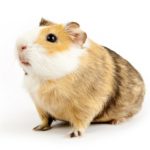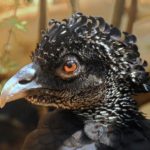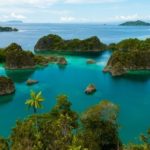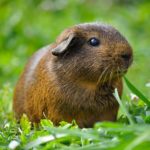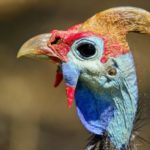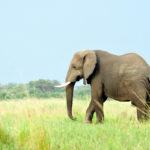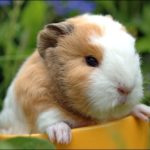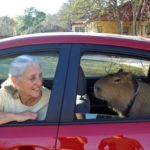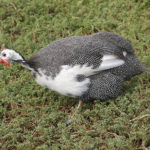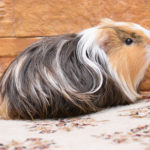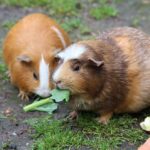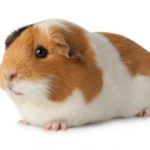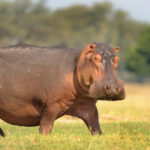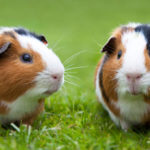Interesting facts about Guinea
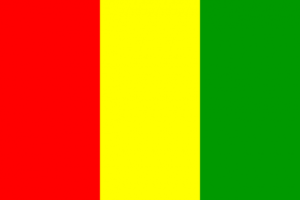 The Republic of Guinea is a fairly typical African state. Located in the western part of Africa, this country was once a colony. After gaining independence, however, not so much in Guinea has changed for the better. At present, this state continues to be one of the poorest in the world, and its residents are mainly engaged in agricultural work.
The Republic of Guinea is a fairly typical African state. Located in the western part of Africa, this country was once a colony. After gaining independence, however, not so much in Guinea has changed for the better. At present, this state continues to be one of the poorest in the world, and its residents are mainly engaged in agricultural work.
There are several different countries with the words “Guinea” in the world, but the Republic of Guinea is only one, and it is located in West Africa.
The inhabitants of the African continent call this country Guinea-Conakry, not to be confused with Guinea-Bissau, located in the neighborhood.
Guinea is the world leader in bauxite reserves – a kind of aluminum ore, which is the basis for the modern aluminum industry.
Despite its natural wealth, Guinea is one of the ten poorest countries in the world.
On the territory of Guinea, elephants, gorillas, chimpanzees and leopards are almost completely destroyed.
President Ahmed Sekou Toure, who headed Guinea after gaining independence in 1958, regulated everything, including the number of traders in the bazaars.
In the Guinean capital, the city of Conakry, is a stadium for 25 thousand spectators, erecting which helped the Soviet Union.
The Great Mosque in Conakry is one of the largest in West Africa.
You can leave the capital of Guinea on a single street, which for this reason is constantly jams.
The length of Conakry does not exceed 20 kilometers, and the width – 5 kilometers.
In Guinea, it is customary after washing to lay out the laundry right on the ground for drying. Dirty things from this do not become.
Becoming a holder of a diploma of higher education in Guinea is easy – just pass the Microsoft Word and Excel exam.
The price of bananas in Guinea is higher than in Russia.
In Guinea, there is no such thing as a weather forecast, because it does not make any sense – the weather changes year by year exactly according to the schedule, the deviation from which is a maximum of a week. It is always well known when the rain begins and ends.
The land in Guinea is bright red or orange.
Golden guineas, coins that paid in England in the XIX century, got its name in honor of Guinea – it was in this country that precious metal was extracted for their manufacture.
Citizens of Guinea in the early 2000s made the largest contributions to Swiss banks.
The Russian company RusAl is Guinea’s largest employer.
Until 1974, Guineans were treated only by shamans and medicine men, because any medicine, except for folk medicine, was legally banned.
Guinea exports water to 14 countries in Africa, although inside the state itself there are serious problems with water supply.
In Guinea lies the source of Niger, the “Great River”.
At gas stations in Guinea sold only one type of gasoline, and nowhere is indicated which. The color of this fuel is red.
In Conakry, electricity is only a few hours a day – early morning and evening. In other cities, electricity can be lost and for half a year – before the rainy season starts, when the hydropower plant begins to operate.
The only place in the country where lanterns burn in the dark all year round – parking cars at the airport in Gbessia in Conakry.
The most popular sport in Guinea is table tennis.
The vehicle fleet of the state is 95% of cars older than several decades.
Residents of Guinea love to chew tonic and even slightly intoxicating cola nuts.
